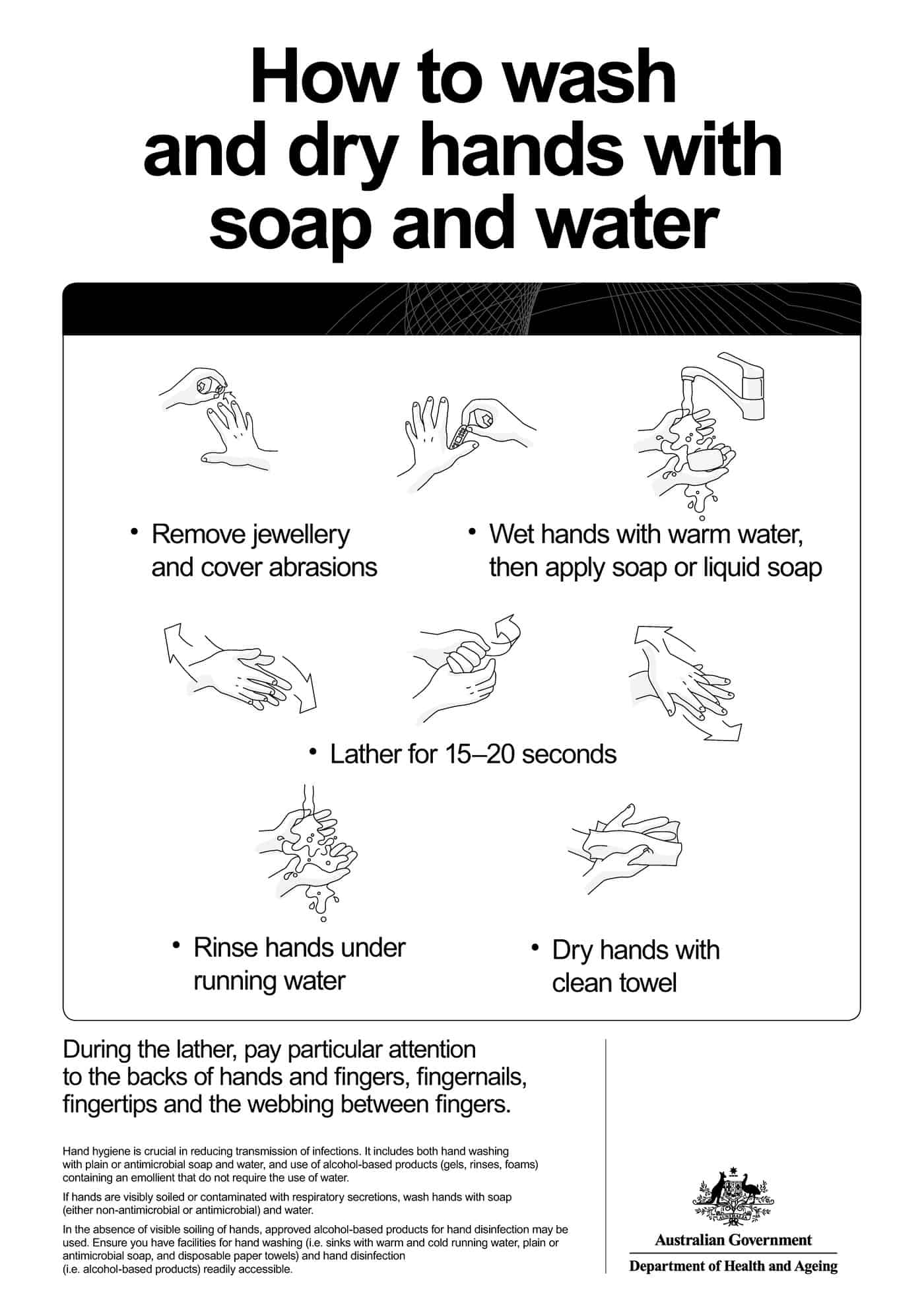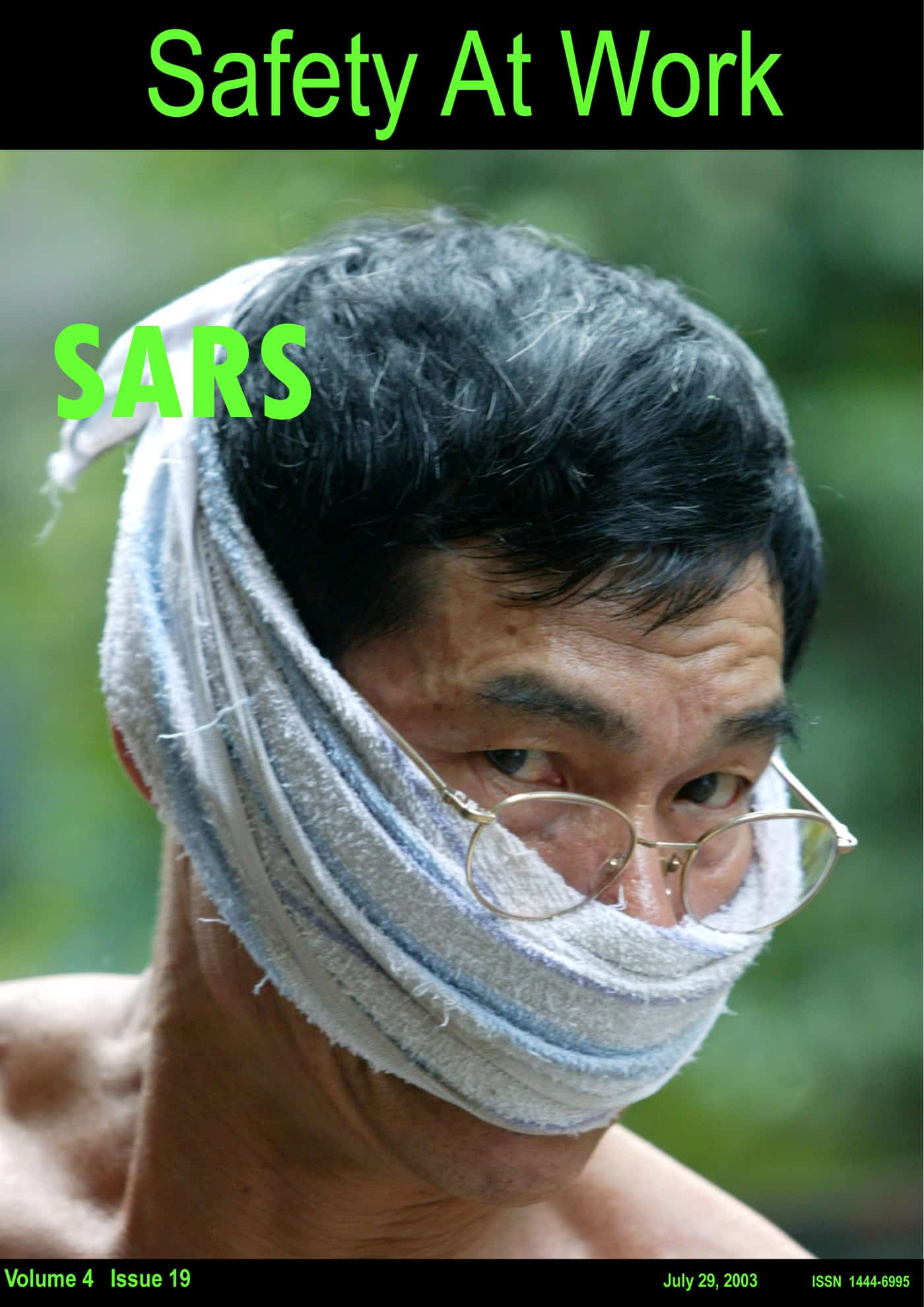In 2005 I had the great opportunity to spend some time with Peter Sandman, a world renowned risk communicator. We spoke about worst case scenarios and risk communication in those times of avian influenza and smallpox threats. The interview has gained additional poignancy in this time of swine flu.
Although the audio is “noisy” as Collins St in Melbourne had more traffic on a Sunday morning than I expected, I think some readers may find this excerpt very useful at the moment.
Click on the magazine’s cover image below to download the interview transcript.
[For Peter Sandman’s current commentary on swine flu, see http://www.psandman.com/index-infec.htm#swineflu1 and especially http://www.psandman.com/col/swinecomm.htm]



